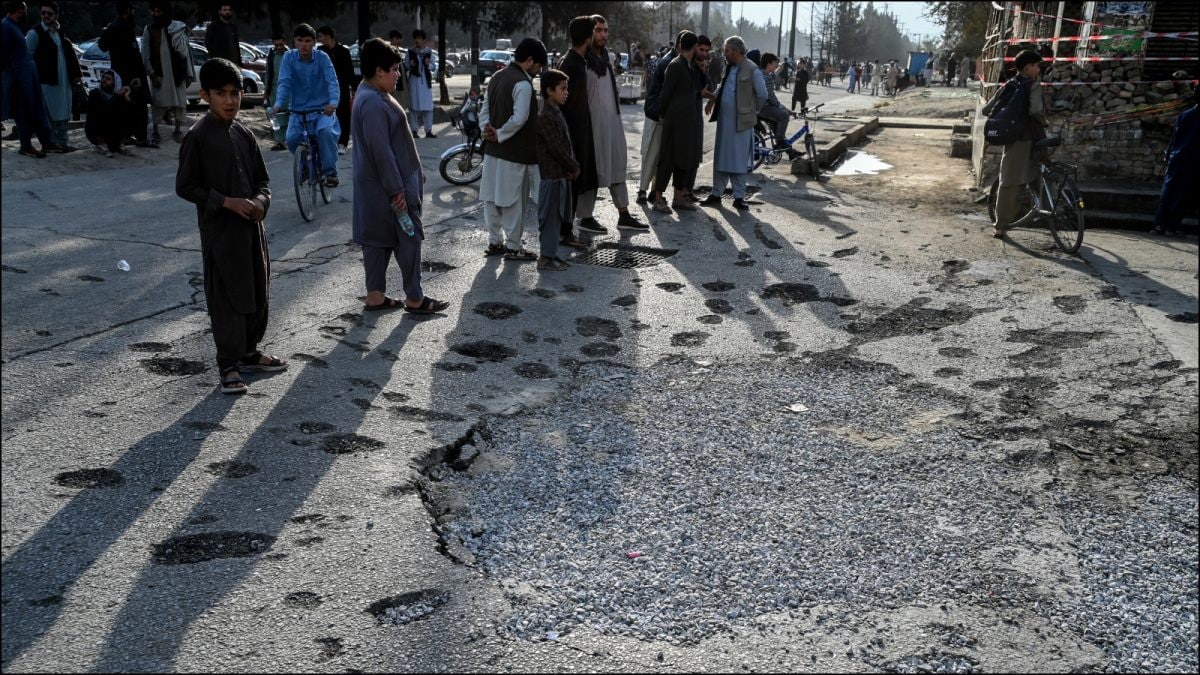ARTICLE AD BOX
No women journalists were present at Afghan Foreign Minister Amir Khan Muttaqi's press conference in Delhi, highlighting ongoing gender disparities in media coverage.

Afghan Foreign Minister Amir Khan Muttaqi in Delhi
No women journalists were present at the press conference of Afghan Foreign Minister Amir Khan Muttaqi in Delhi today, raising questions about gender representation in media coverage of high-profile diplomatic events.
PRESS CONFERENCE HIGHLIGHTS
The press interaction followed meetings between Muttaqi and Indian External Affairs Minister S Jaishankar, where the two leaders discussed bilateral trade, humanitarian assistance, and security cooperation. The Afghan foreign minister said that Afghan territory would not be used against any country, signalling a focus on regional stability. India reiterated its commitment to ongoing development projects and humanitarian aid in Afghanistan.
Observers noted that while the conference addressed critical India-Afghanistan issues, the absence of female journalists pointed to a persistent gap in gender inclusivity in high-level political reporting.
WOMEN’S PLIGHT UNDER TALIBAN RULE
The absence of women reporters at the press conference mirrors the systemic oppression faced by women in Afghanistan, particularly under Taliban rule. The country suffered its third earthquake in a week last month, killing more than 2,200 people and injuring thousands. Reports reveal that women bore the brunt of the disaster, often left trapped under rubble because male rescuers were forbidden from touching them due to strict Taliban-enforced rules prohibiting contact with unrelated males.
Many female victims had to wait for female rescuers, scarce due to Taliban bans on women’s education and work, before they could receive aid. In some cases, bodies of women were dragged by their clothes to avoid physical contact. Survivor Bibi Aysha from Kunar Province recalled, “They gathered us in one corner and forgot about us,” highlighting the neglect faced by women during rescue operations.
Male volunteers also acknowledged the problem. Tahzeebullah Muhazeb, a volunteer, said, “Women appeared invisible for the rescue teams. It felt like women were just invisible for the rescue teams.”
SHORTAGE OF FEMALE MEDICAL STAFF
Hospitals in quake-hit areas struggled to treat female victims due to the severe shortage of female medical staff, a direct consequence of Taliban restrictions on women’s education and employment in healthcare. While the Taliban-run Ministry of Health claimed women were serving in hospitals, survivor accounts indicate many women went untreated, further highlighting systemic neglect.
BROADER GENDER RESTRICTIONS IN AFGHANISTAN
The earthquake crisis showed a broader reality. Afghan women live under some of the harshest gender restrictions in the world. For the past four years, the Taliban have banned girls from secondary and higher education, prohibited women from most professions, restricted travel without a male guardian, and closed off public spaces like parks and gyms.
This environment meant that when disaster struck, women had no safety net, no access to female rescue workers or medical staff, and no rights to demand equal treatment.
- Ends
Published By:
Sonali Verma
Published On:
Oct 10, 2025

 1 week ago
15
1 week ago
15










 English (US) ·
English (US) ·